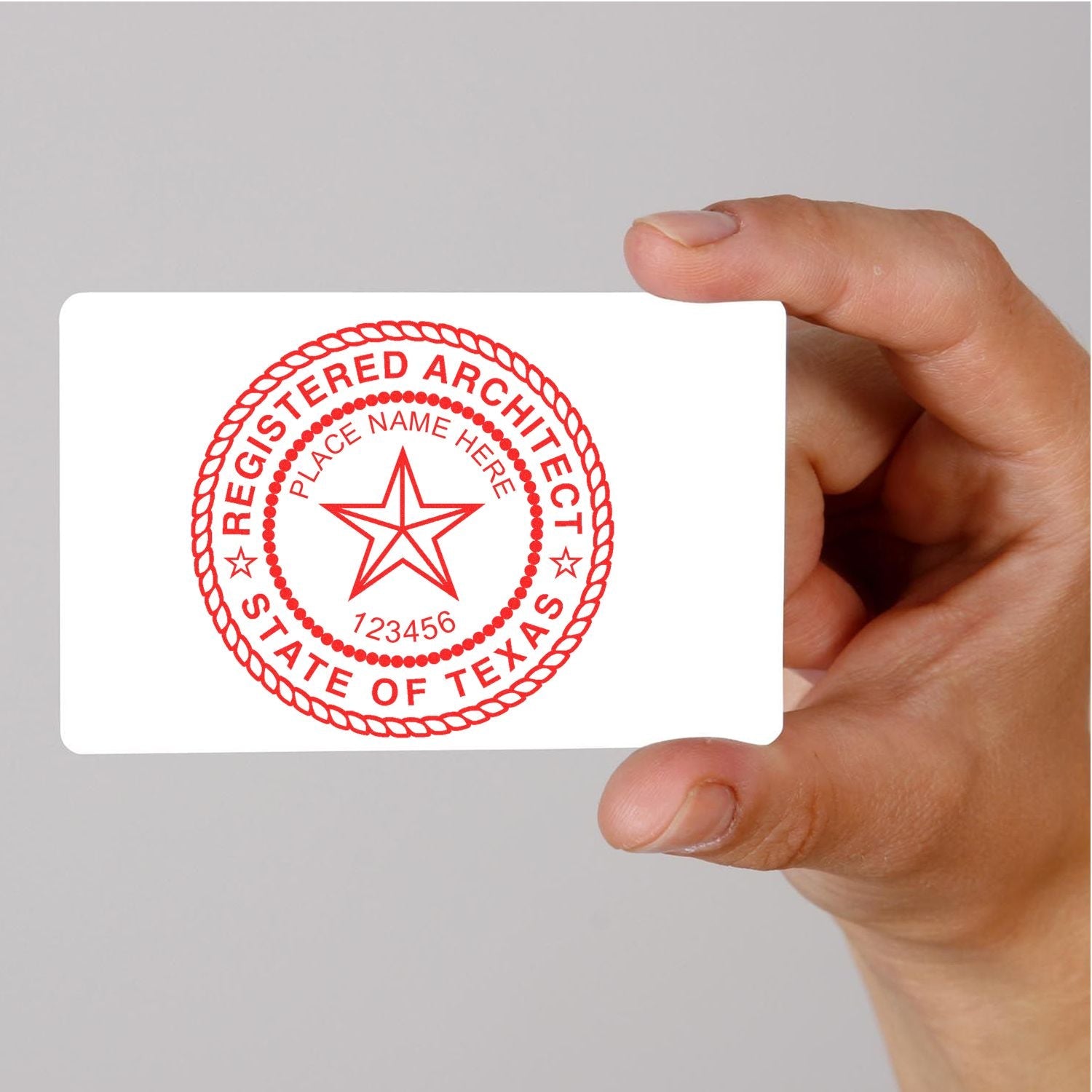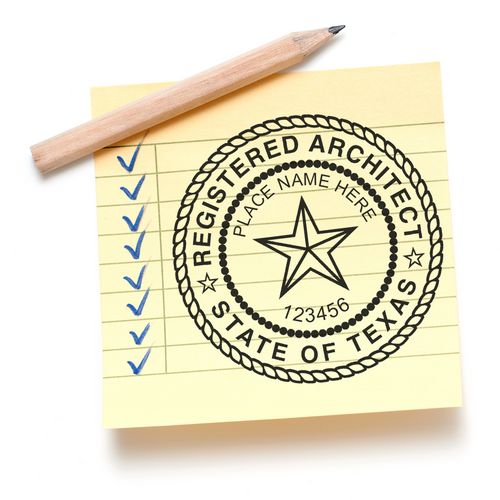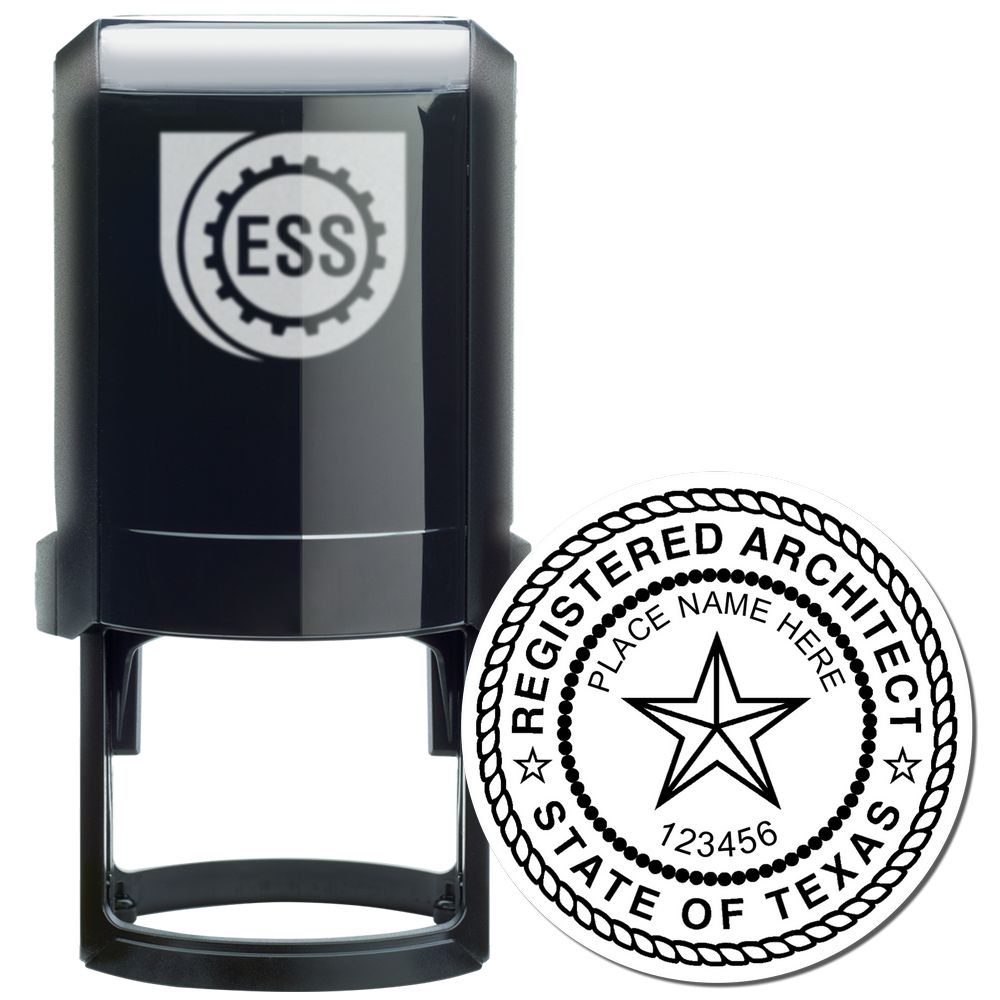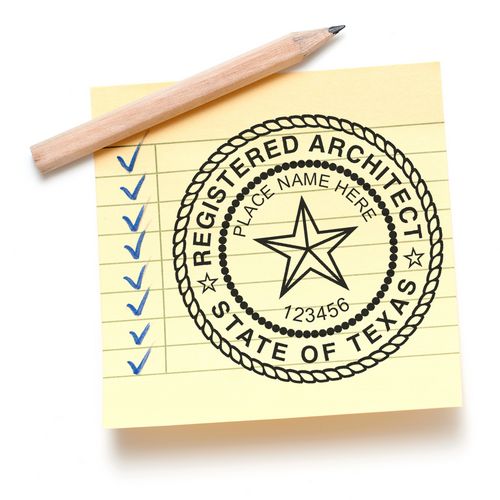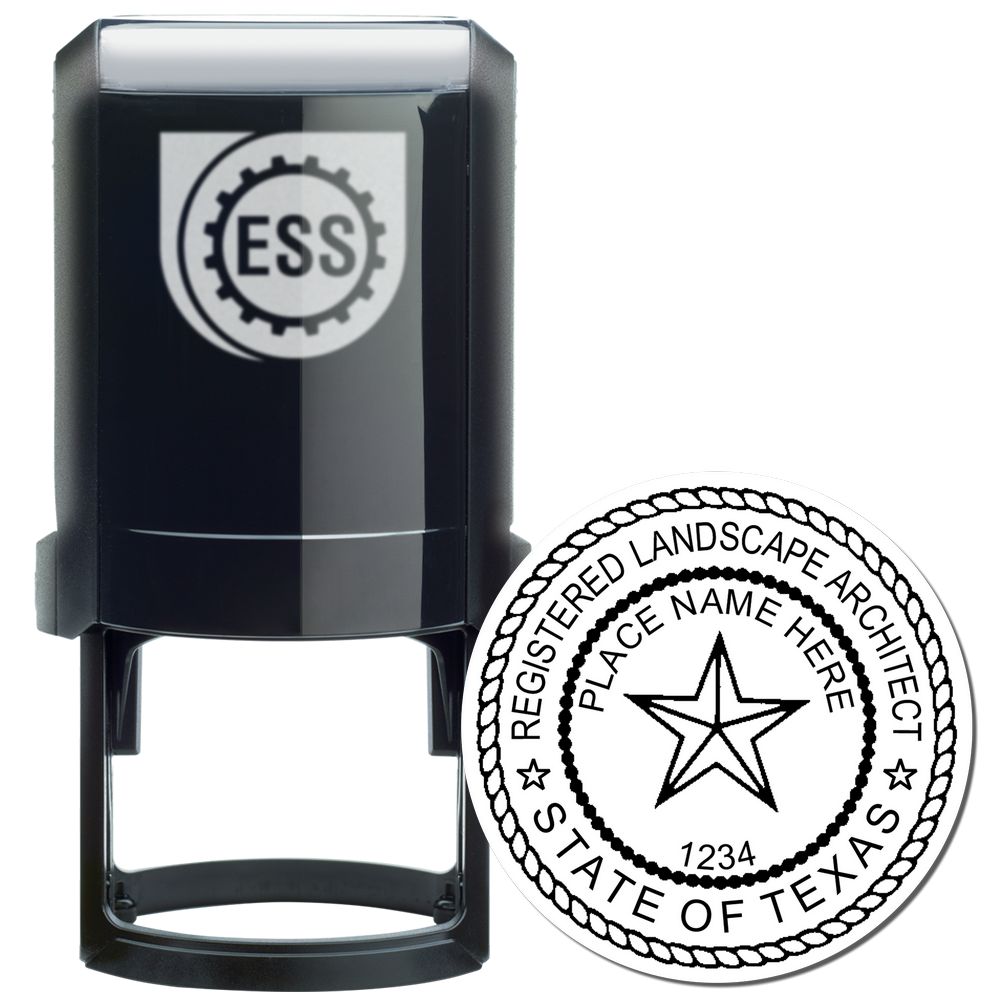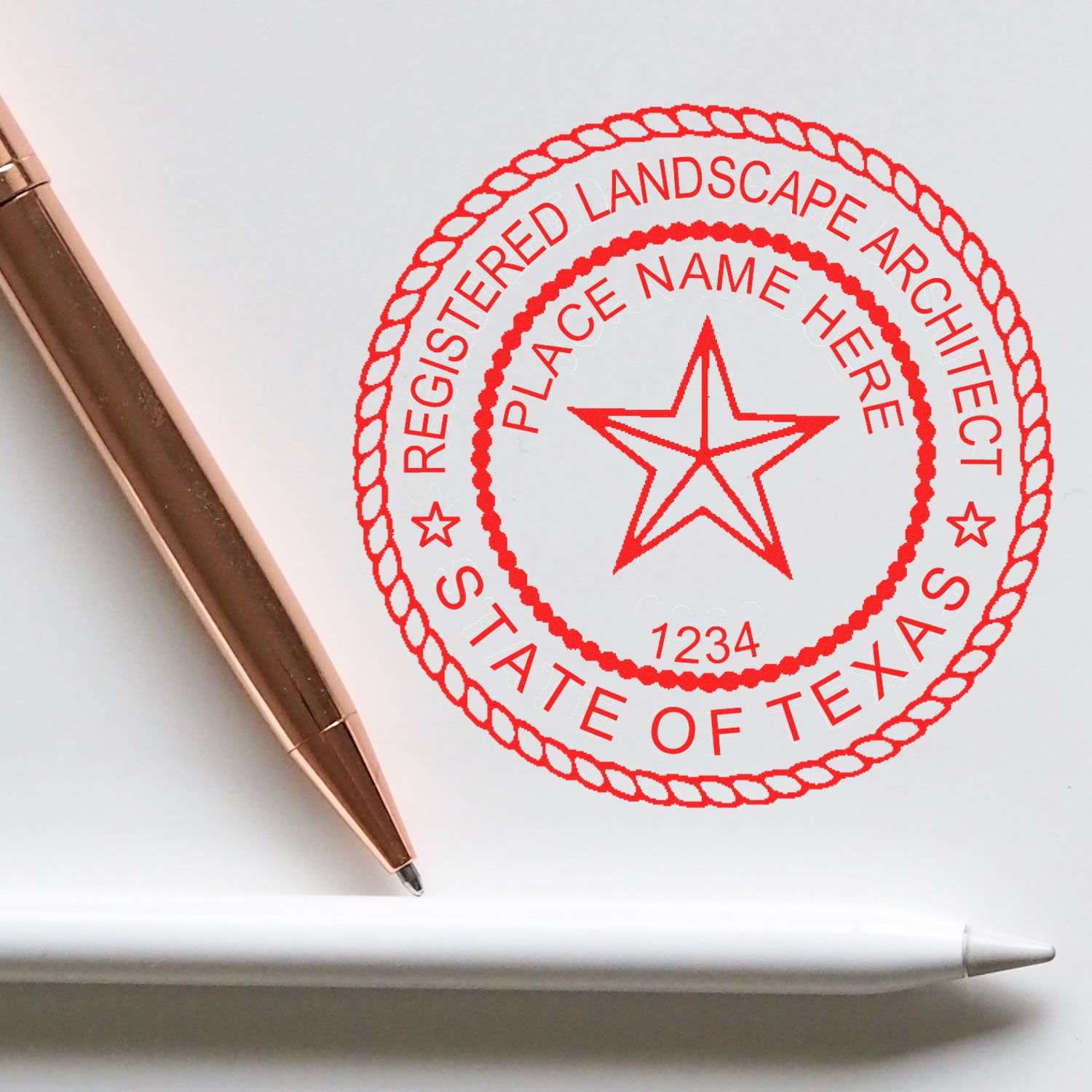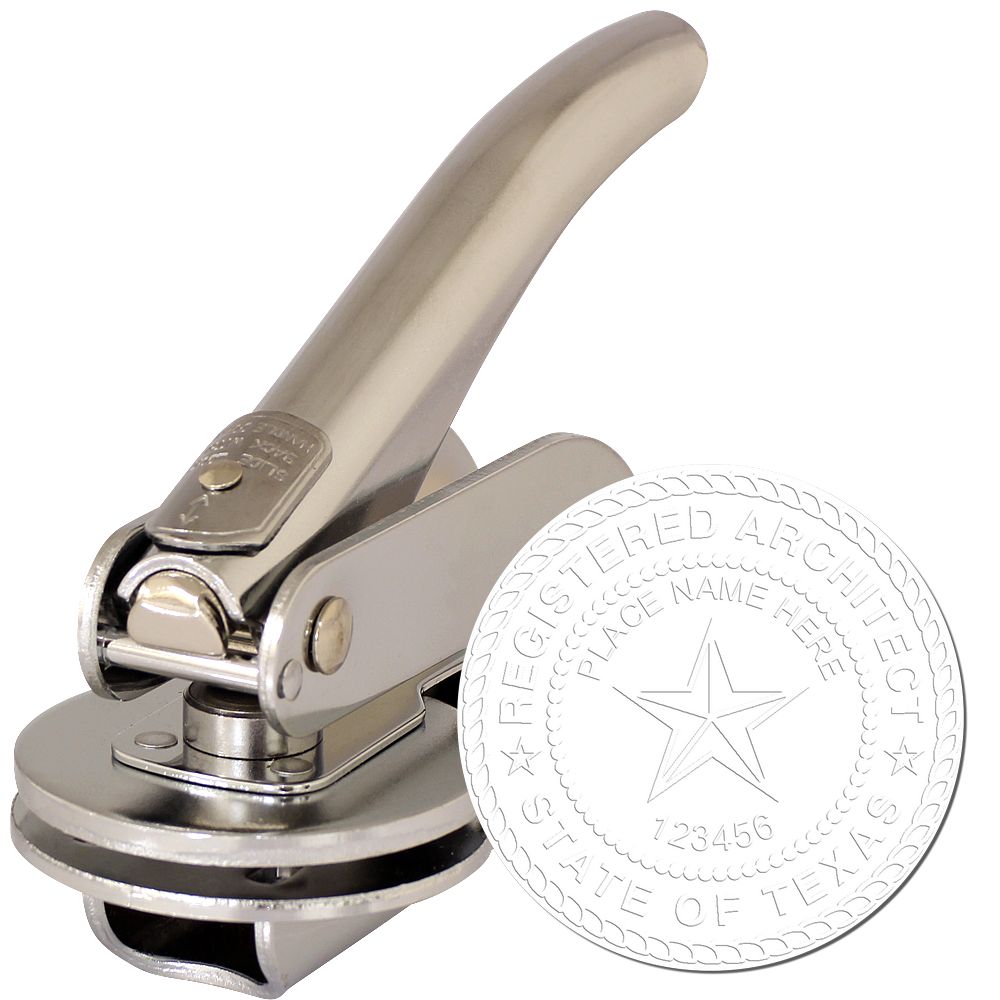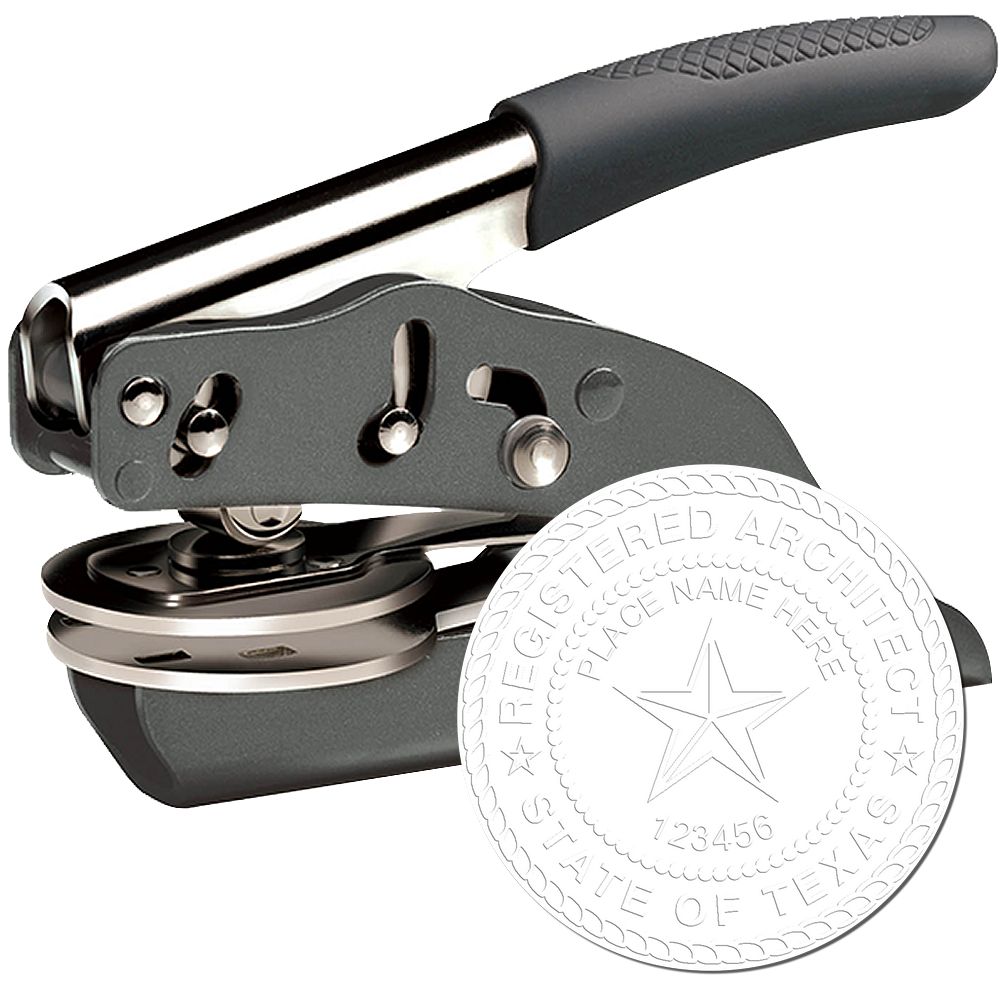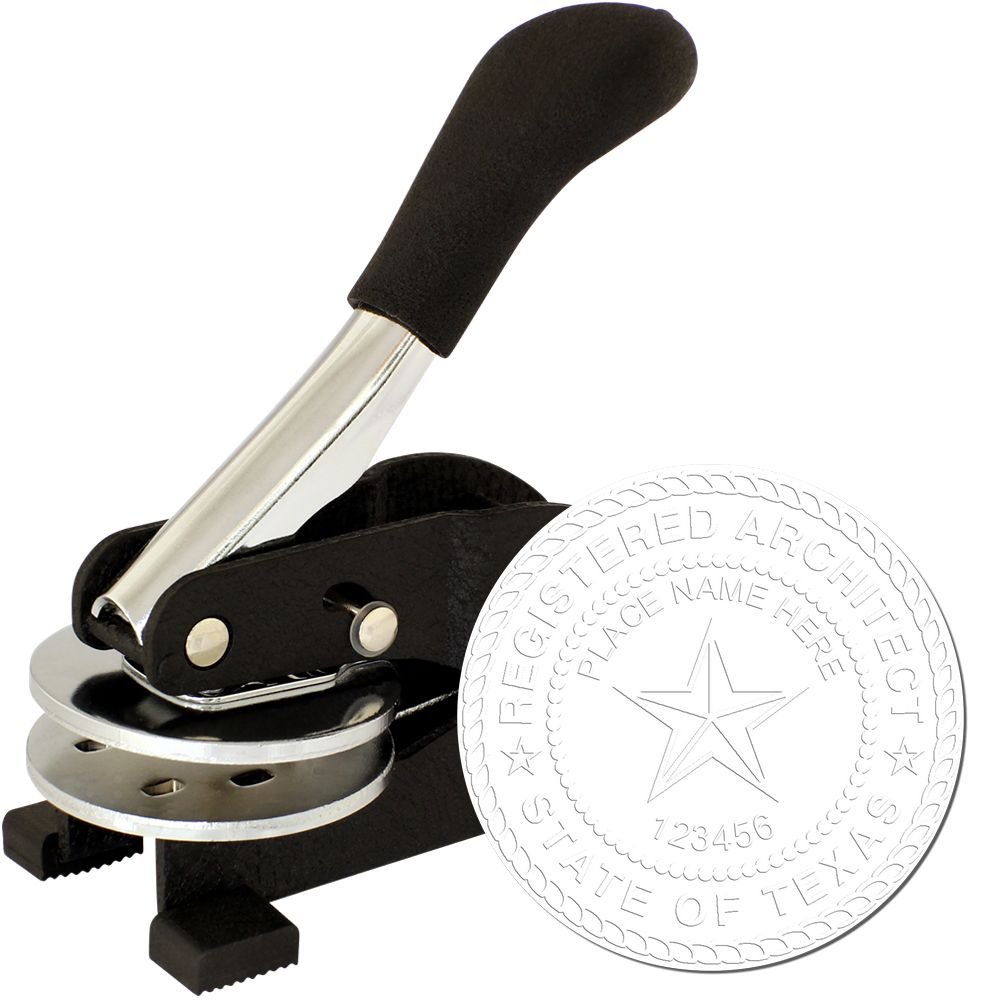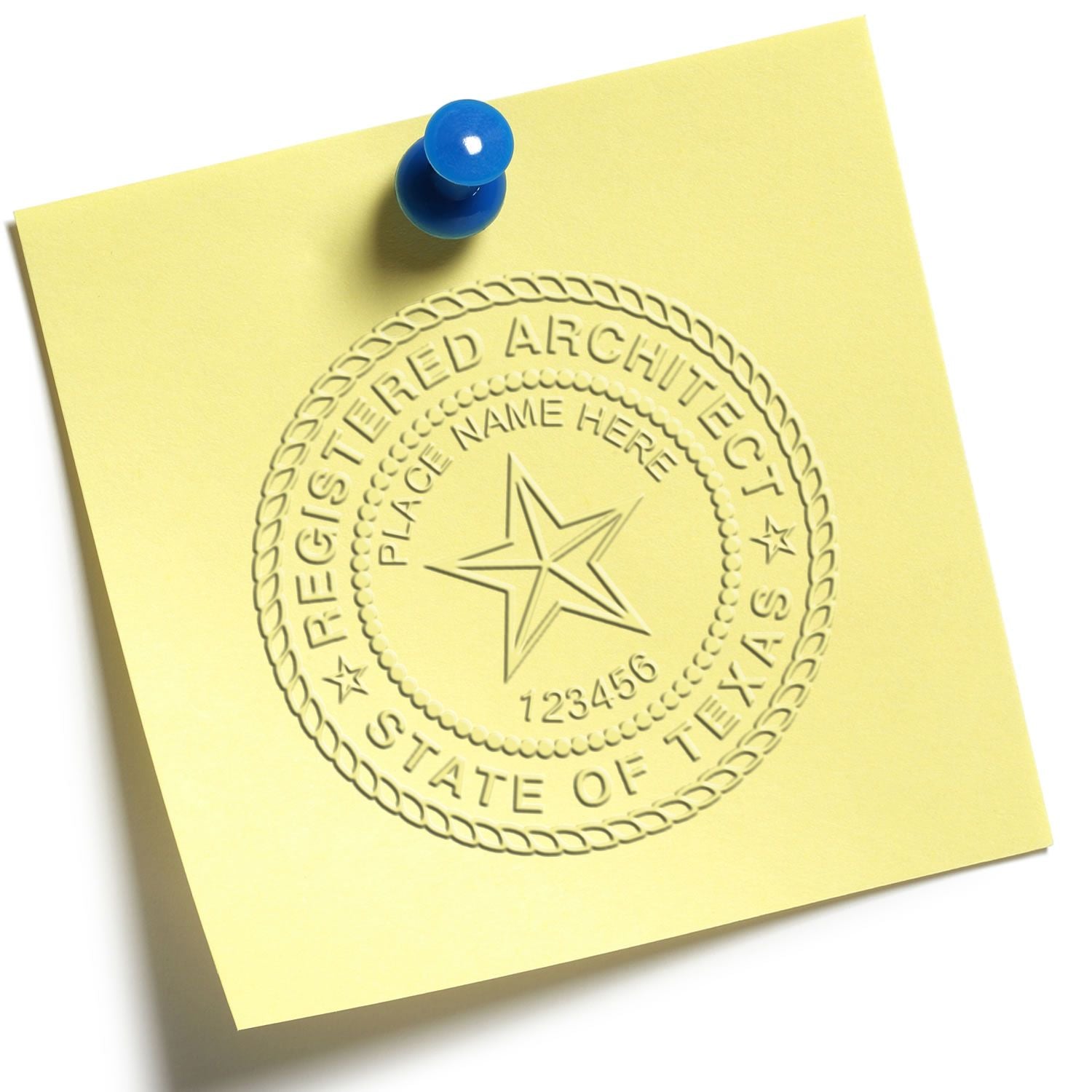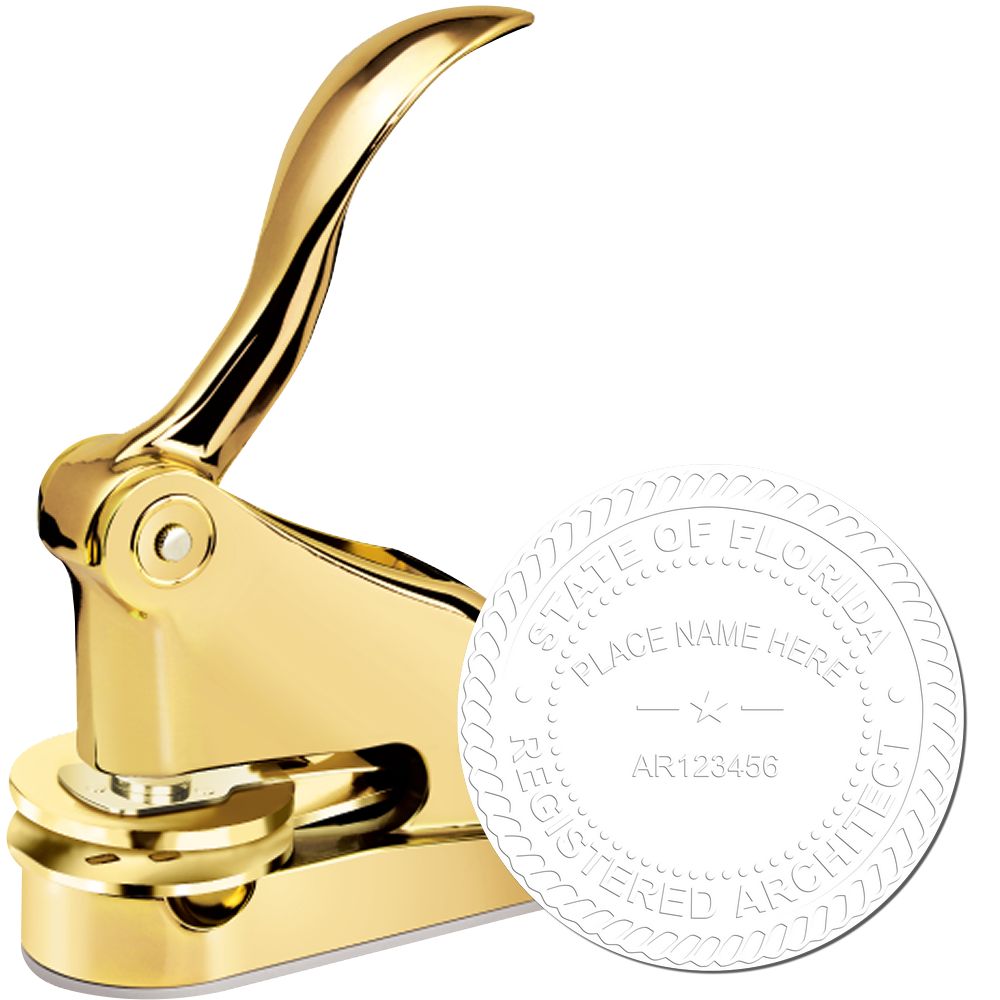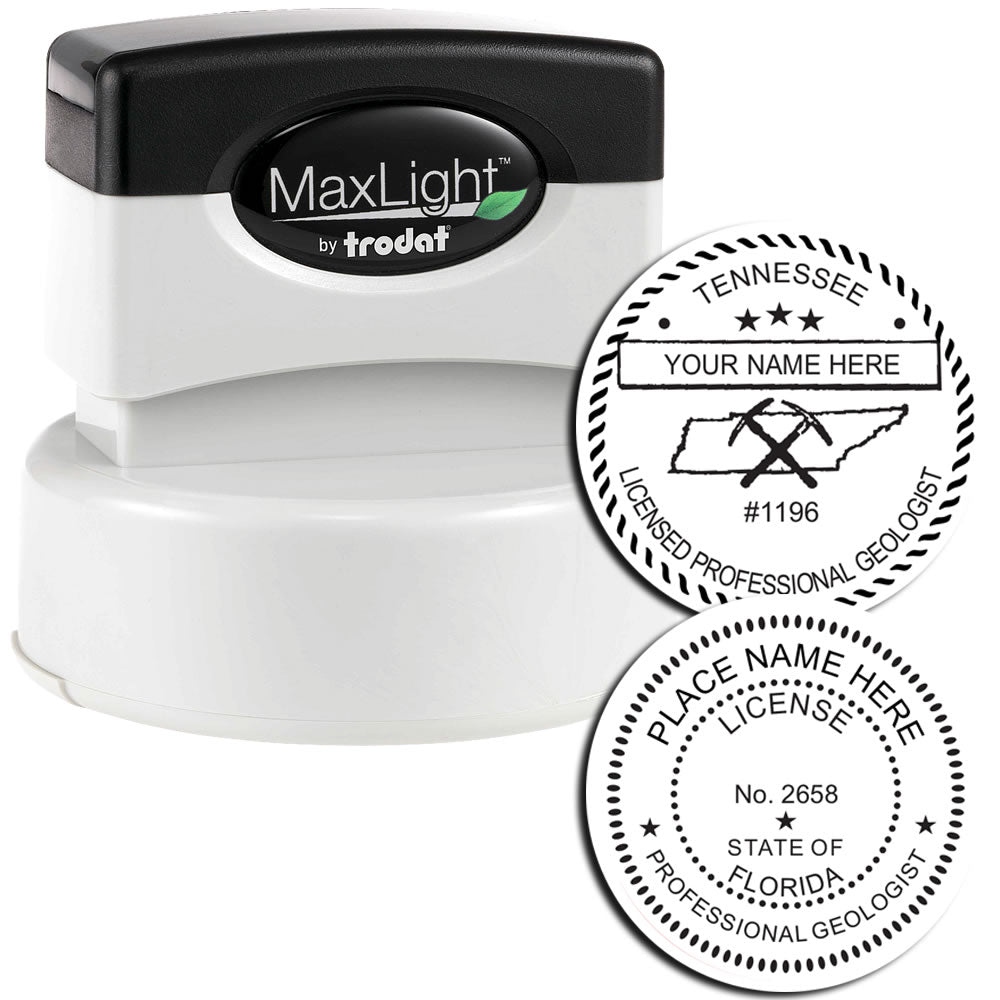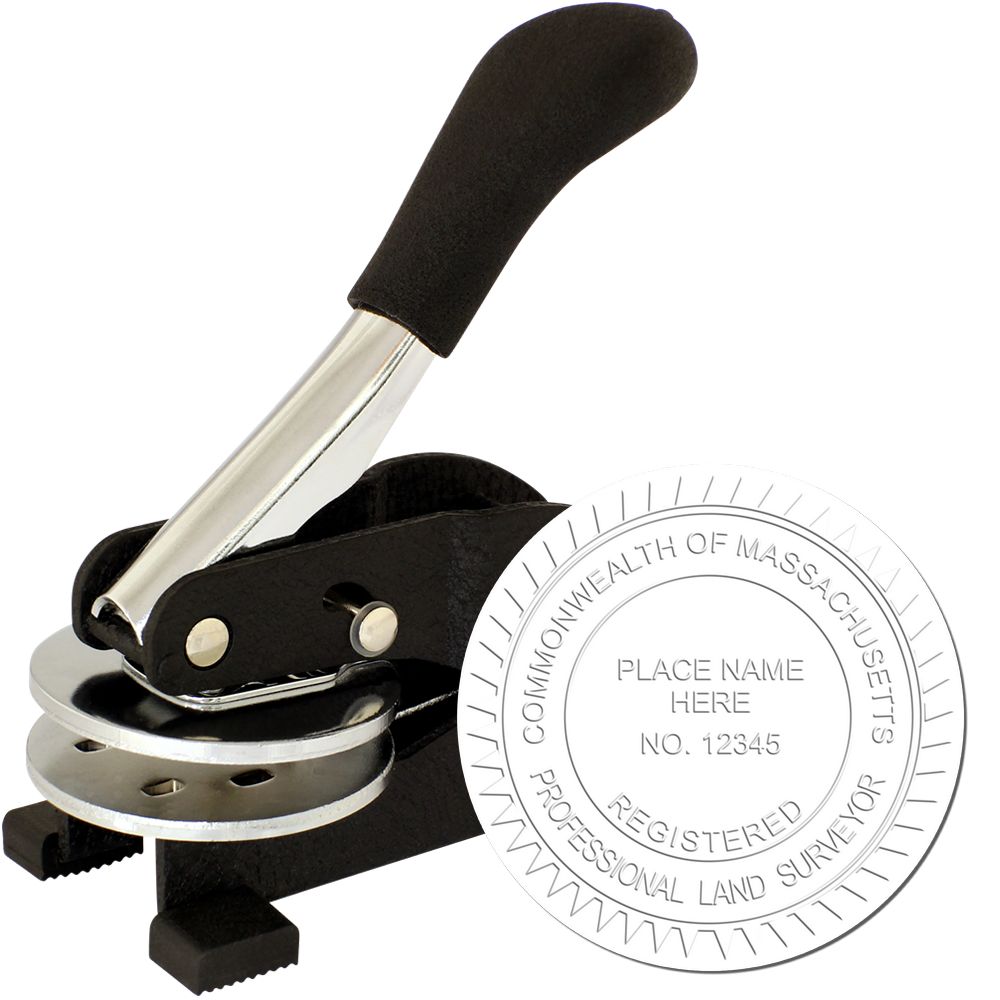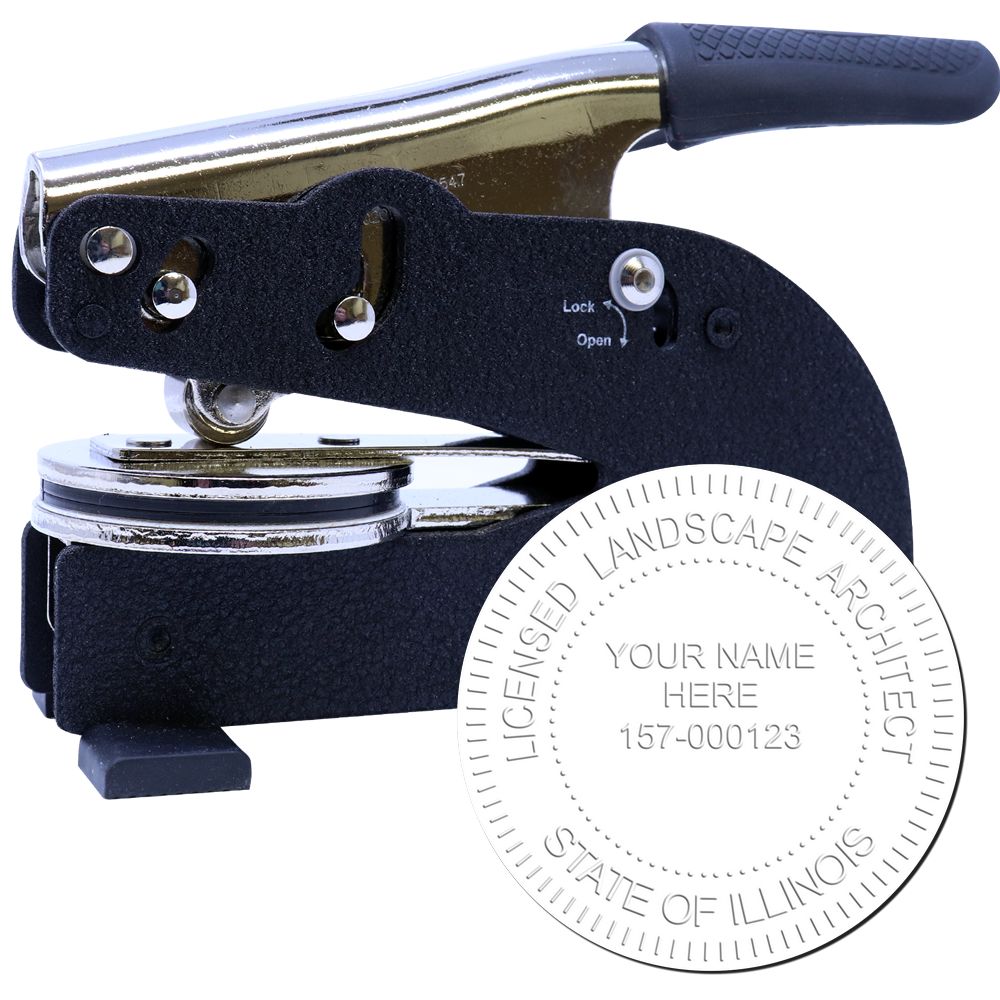Understanding Texas Architectural Seals
Architectural seals play a crucial role in the field of architecture, providing credibility and ensuring compliance with regulations. In the state of Texas, specific requirements are in place for architectural seals to ensure that professionals adhere to the necessary standards. This section will explore the definition of an architectural seal, its importance and purpose, as well as the legal requirements for architectural seals in Texas.
What is an Architectural Seal?
An architectural seal is an official stamp or embossed mark that architects use to authenticate their documents, plans, drawings, and specifications. This seal serves as a professional identifier and signifies that the architect responsible for the project has reviewed and approved the work. The seal typically includes the architect's name, registration number, and other pertinent information.
The use of an architectural seal is a legal requirement in many jurisdictions, including Texas. It demonstrates that the architect is licensed and has taken responsibility for the design and compliance of the project. By affixing their seal to documents, architects affirm their professional expertise and accountability.
Importance and Purpose of Architectural Seals
Architectural seals are of utmost importance as they provide an assurance of competence, professionalism, and adherence to applicable laws and regulations. They instill confidence in clients, contractors, and regulatory authorities regarding the quality and safety of architectural designs. Seals act as a tangible symbol of an architect's commitment to upholding ethical and technical standards.
Additionally, architectural seals help to prevent unauthorized use or modification of architectural documents. By affixing a seal, architects create a level of trust and traceability, ensuring that their work remains intact and unaltered. This contributes to the overall integrity of the architectural profession and protects the interests of both architects and the public.
Legal Requirements for Architectural Seals in Texas
In Texas, architectural seals are subject to specific legal requirements outlined by the Texas Board of Architectural Examiners (TBAE). These regulations aim to ensure that architectural work meets the necessary standards and safeguards public health, safety, and welfare.
Some key legal requirements for architectural seals in Texas include:
- Seal Design: The TBAE provides guidelines for the design and layout of architectural seals, including the required information that must be present. For more information on the design aspects, refer to our article on Texas architect seal design.
- Registration: Only architects who are registered with the TBAE are authorized to use an architectural seal in Texas. This registration demonstrates that they have met the educational, experience, and examination requirements set forth by the board.
- Stamping Requirements: Architects are required to affix their seal to all documents that are prepared under their direct supervision, including drawings, specifications, and other architectural instruments.
- Renewal: Architectural seals in Texas must be renewed periodically to ensure that architects maintain their registration and stay up to date with any changes in regulations. Renewal requirements are overseen by the TBAE.
By understanding the definition, importance, and legal requirements for architectural seals in Texas, architects can ensure compliance and demonstrate their professionalism. Adhering to the regulations set forth by the TBAE helps maintain the integrity of the architectural profession and ensures the safety and well-being of the public.
Texas Architectural Seal Design Requirements
To ensure compliance with Texas regulations, it is important for architects to understand the specific design requirements for their architectural seals. These requirements include size and shape specifications, required information on the seal, and approved formats and colors.
Size and Shape Specifications
The Texas Board of Architectural Examiners (TBAE) has established specific guidelines for the size and shape of architectural seals. The seal must be circular in shape with a diameter of either 1 ¾ inches or 2 inches. The choice of diameter is up to the architect, but it must fall within one of these two options. This consistent size and shape help to maintain uniformity and recognition within the architectural community.
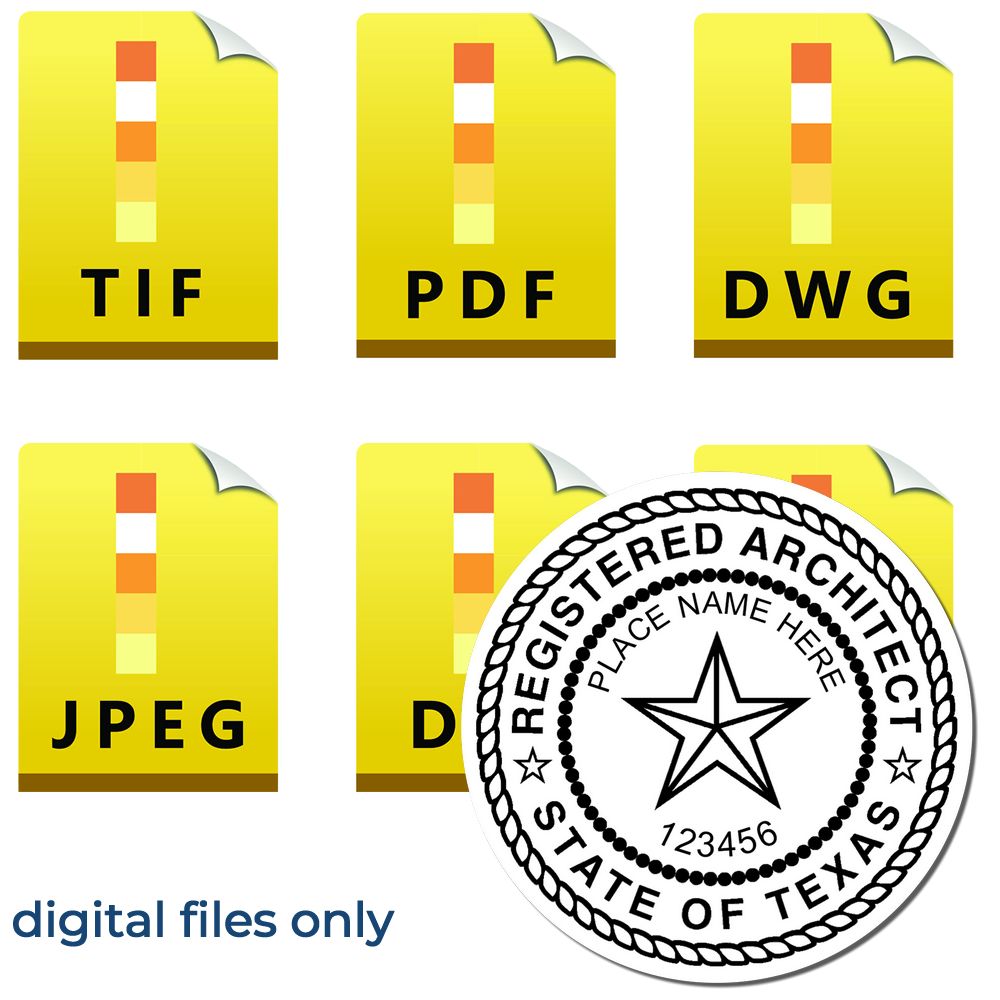
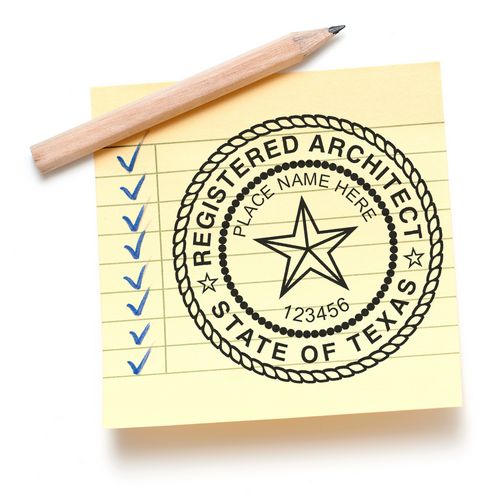

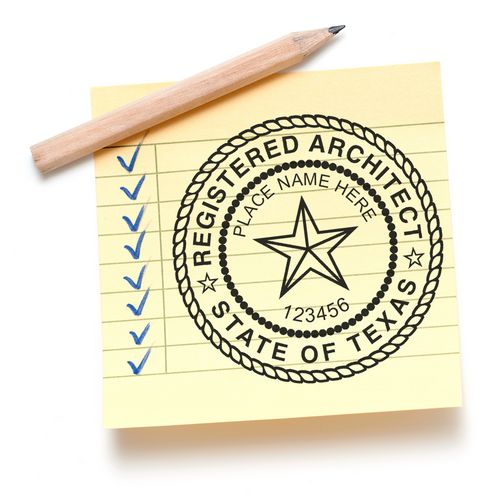
Required Information on the Seal
An architectural seal must contain certain information to be considered valid and compliant. The following information is required to be included on the seal:
- Architect's full name: The architect's first and last name should be clearly printed on the seal.
- Architect's registration number: The architect's unique registration number assigned by the Texas Board of Architectural Examiners must be included.
- The words "Registered Architect": These words must be present on the seal to indicate that the architect is duly registered and authorized to practice in Texas.
It is essential to ensure that all the required information is clearly and legibly displayed on the seal to meet the regulatory requirements.
Approved Formats and Colors
In addition to the size, shape, and required information, architects must also adhere to approved formats and colors for their seals. The seal can be in either a physical or electronic format, depending on the preference of the architect. It is important to note that electronic seals must comply with specific technical requirements outlined by the TBAE.
As for colors, the architectural seal must be in black ink on a white background. This color combination provides clear visibility and ensures that the seal is easily distinguishable on architectural documents.
By following these design requirements for their architectural seals, architects can maintain compliance with Texas regulations. It is important to stay updated on any changes or revisions to the design requirements, as they may be subject to periodic updates. For more information on Texas architectural stamps and seals, along with the regulations governing them, you can refer to our articles on Texas architect stamps and Texas architect seals.
Obtaining a Texas Architectural Seal
To obtain a Texas architectural seal, it is important to follow the proper procedures and work with authorized providers. This section will guide you through the process, including information on authorized providers, the ordering process, and cost and delivery options.
Authorized Providers of Architectural Seals
When looking to obtain a Texas architectural seal, it is essential to work with authorized providers. These providers have the necessary accreditation and meet the requirements set by the Texas Board of Architectural Examiners. They offer high-quality seals that comply with the state regulations.
It is recommended to research and choose a reputable provider that specializes in producing Texas architect stamps and Texas architect seals. By selecting an authorized provider, you can ensure that your seal will meet all the necessary design specifications and legal requirements. For more information on Texas architect stamps and seals, you can visit our article on texas architect stamps and texas architect seals.
Process for Ordering a Seal
The process for ordering a Texas architectural seal typically involves a few simple steps. First, you will need to gather the required information that must be included on the seal, such as your name, license number, and the phrase "Registered Architect." Ensure that you have all the necessary details before proceeding to the next step.
Next, you can visit the website of an authorized provider to order your seal. Most providers offer online ordering services, making the process convenient and efficient. You will typically be guided through a series of prompts where you can enter your information and customize the design of your seal.
Make sure to review your order carefully before submitting it to ensure accuracy. Once your order is placed, the provider will process it according to their production timeline. For more details on the specific guidelines and design requirements for Texas architectural seals, you can refer to our article on texas architect seal design.
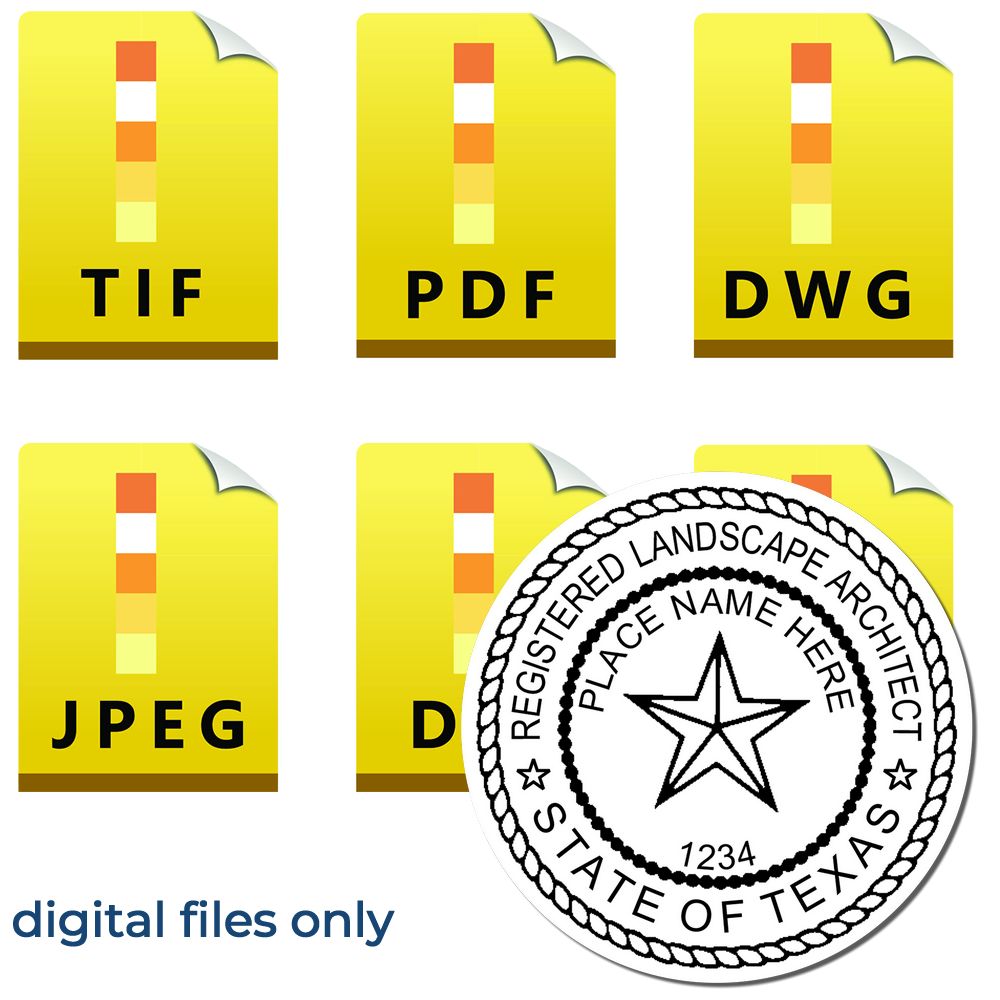


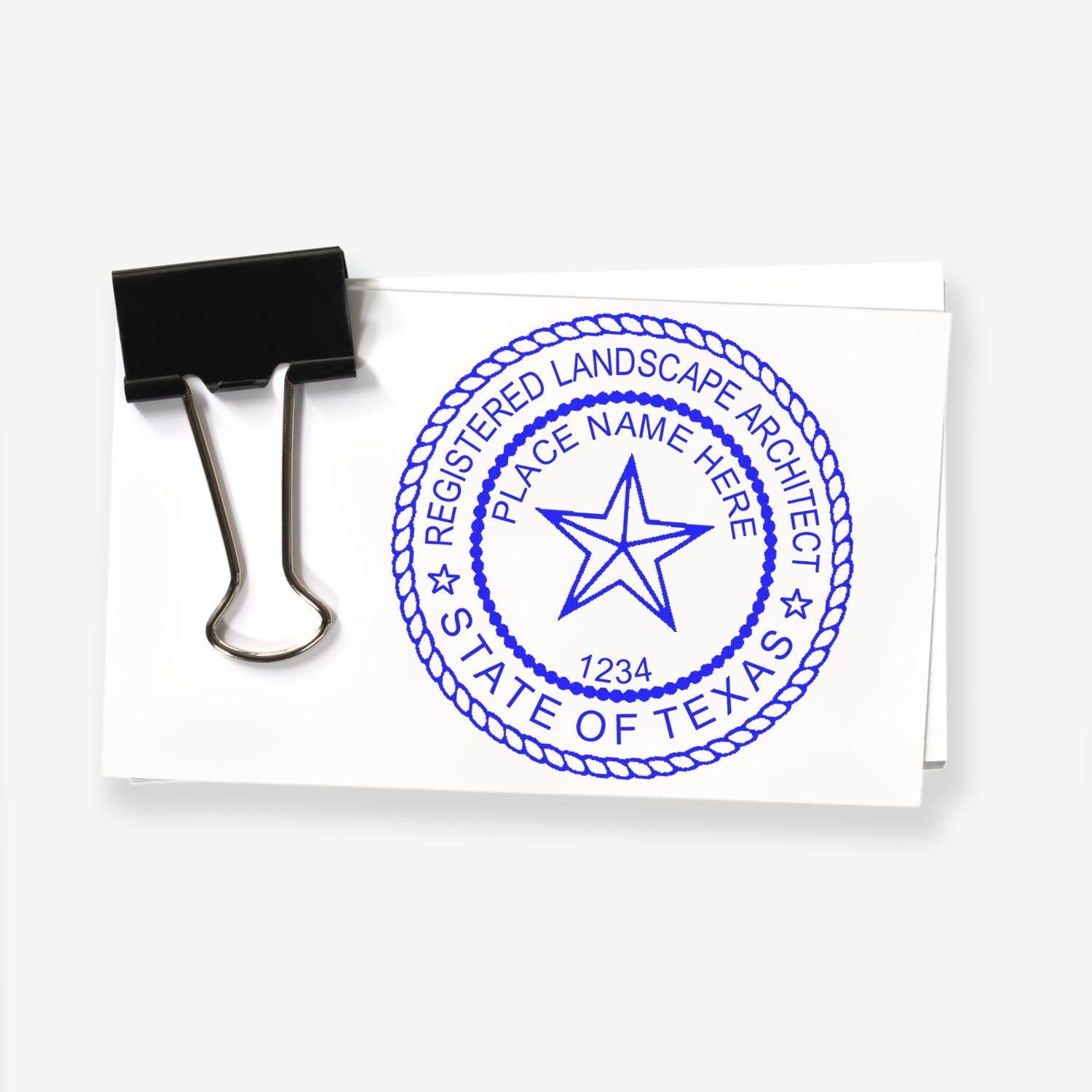
Cost and Delivery Options
The cost of a Texas architectural seal can vary depending on the provider and the customization options chosen. It is advisable to compare prices from different authorized providers to ensure you are getting a competitive rate. Keep in mind that the cost may also include additional services such as expedited production or shipping.
As for delivery options, most providers offer various shipping methods to accommodate your needs. These can include standard shipping, express shipping, or even local pickup if available. Be sure to check the delivery options provided by your chosen provider to select the most suitable one for you.
By working with authorized providers and following the proper ordering process, you can obtain a Texas architectural seal that meets all the necessary requirements. Remember to review the guidelines and specifications set by the Texas Board of Architectural Examiners to ensure compliance.
Maintaining Compliance with Texas Regulations
To ensure compliance with Texas regulations regarding architectural seals, architects must be aware of the requirements for renewal and replacement of seals, the proper usage and display of seals, and the consequences of non-compliance.
Renewal and Replacement of Seals
Architectural seals in Texas have an expiration date and must be renewed periodically. The specific renewal period may vary, so architects should refer to the Texas Board of Architectural Examiners for the most up-to-date information. Failure to renew the seal within the designated timeframe can result in the seal becoming invalid.
If an architectural seal is lost, damaged, or stolen, it is essential to promptly request a replacement. Architects should follow the appropriate procedures outlined by the Texas Board of Architectural Examiners to obtain a replacement seal. This may involve submitting a formal request, providing necessary documentation, and paying a replacement fee.
Proper Usage and Display of Seals
Architectural seals in Texas must be used and displayed in accordance with the regulations set forth by the Texas Board of Architectural Examiners. The seal should be affixed to drawings, designs, specifications, and other official documents related to architectural work. It is important to ensure that the seal is clearly visible and legible.
Architects should familiarize themselves with the guidelines provided by the Texas Board of Architectural Examiners regarding the proper usage and placement of the seal. This may include specifications on the size, format, and color of the seal. For more information on Texas architectural seal design, refer to our article on texas architect seal design.
Consequences of Non-Compliance
Non-compliance with Texas regulations regarding architectural seals can have serious consequences for architects. Architects who fail to adhere to the requirements may face disciplinary actions, including fines, license suspension, or even revocation. It is crucial for architects to prioritize compliance to maintain their professional standing and uphold the integrity of their work.
To avoid the potential consequences of non-compliance, architects should stay informed about the latest regulations and guidelines provided by the Texas Board of Architectural Examiners. Regularly checking for updates and ensuring adherence to the requirements will help architects maintain compliance and protect their professional reputation.


By staying up-to-date with the renewal and replacement requirements, understanding the proper usage and display of seals, and adhering to all Texas regulations, architects can maintain compliance and confidently carry out their architectural work in the state. For more information on obtaining a Texas architectural seal, refer to our article on texas architect seals.
About ESS
At Engineer Seal Stamps (ESS), we take pride in being the leading makers of high-quality rubber stamps, professional seals, and notary stamps. Our commitment to excellence is reflected in the state board guarantee that backs all our products. With ESS, you can be confident that you are getting the best of the best when it comes to stamping and sealing products.
Our team of experts will work closely with you to create customized rubber stamps and seals that meet your specific needs, whether you are an architect, engineer, surveyor, or other professional. We understand that time is of the essence in your line of work, which is why we offer a quick turnaround on all our products. ESS is also incredibly versatile, we cater to a broad range of industries, from oil and gas to healthcare, government, and education. When it comes to quality, our products speak for themselves. All our rubber stamps and seals are made using high-grade materials, ensuring that they will last you for years to come. Our stamping and sealing products are also designed to deliver crisp and clear impressions every time, so you can always be sure that your documents look professional and presentable.
At ESS, we are committed to providing our customers with stellar customer service, and we go above and beyond to ensure your satisfaction. Whether you need a customized rubber stamp, professional seal, or notary stamp, ESS is the trusted partner you can rely on for all your stamping and sealing needs.

